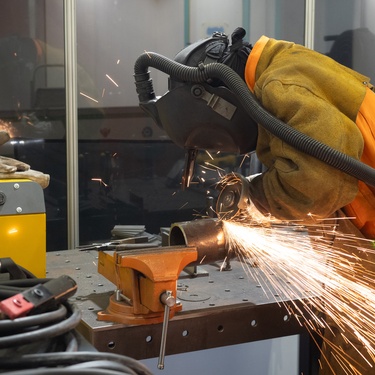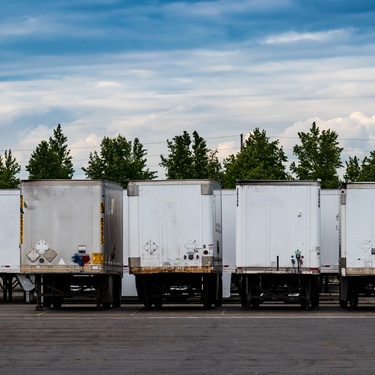
From construction sites to aerospace projects, heavy-duty tasks demand materials that can endure extreme conditions, ensure safety, and remain cost-effective. The types of fabrics and textiles used to construct worksite clothing and materials should be able to tolerate those conditions. Here’s why reinforced fabrics are critical for tough jobs and how they deliver unmatched performance across different industries.
Unmatched Durability for Harsh Conditions
Reinforced fabrics are engineered to withstand the demands of extreme environments, from scorching heat to freezing cold. For example, Kevlar®-reinforced textiles are widely used in industrial belting and protective wear because they can endure heavy abrasion without breaking down. This level of durability is what makes high-performance textiles so tough.
Enhanced Safety for Workers
Reinforced fabrics also play a crucial role in safety. By minimizing risks such as tearing under stress or falling apart during high-impact tasks, they safeguard both workers and equipment.
Flame-retardant versions provide added protection in fire-prone environments, while antistatic properties make them suitable for sensitive applications at fueling stations and electronics facilities. When every material choice affects safety, reinforced fabrics provide reliability you can trust.
Adaptability Across Industries and Applications
One of the standout features of reinforced fabrics is their versatility. Found in industries ranging from construction to defense, they adapt seamlessly to different applications. Their adaptability helps them meet the unique demands of each industry without compromising on performance, proving their worth time and time again.
Cost-Effectiveness
While durability often comes with a higher upfront cost, reinforced fabrics prove their value over time. Their extended lifespan means fewer replacements, and their efficiency in performance reduces downtime. For instance, industrial belts or tarps made with reinforced fabrics stay intact for years despite daily use. This combination of longevity and reliability makes them a smart, cost-effective solution for businesses aiming to maximize their investment.
Supporting Sustainability Goals
Many reinforced fabrics are made from recyclable materials or incorporate eco-friendly production methods. Businesses seeking to strike a balance between performance and environmental responsibility can rely on reinforced fabrics as part of their sustainable strategies.
Reinforced fabrics deliver a powerful trifecta of durability, safety, and versatility, making them indispensable in the most challenging industries. It’s easy to see why reinforced fabrics are critical for tough jobs. Whether you’re handling demanding construction tasks or innovating in aerospace, choosing the right materials can determine both the efficiency and success of your project.
Bio: Casey is a passionate copyeditor highly motivated to provide compelling SEO content in the digital marketing space. Her expertise includes a vast range of industries from highly technical, consumer, and lifestyle-based, with an emphasis on attention to detail and readability.



















